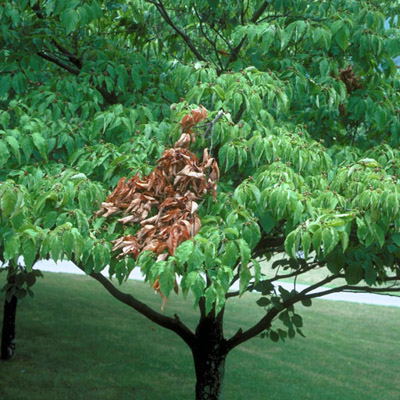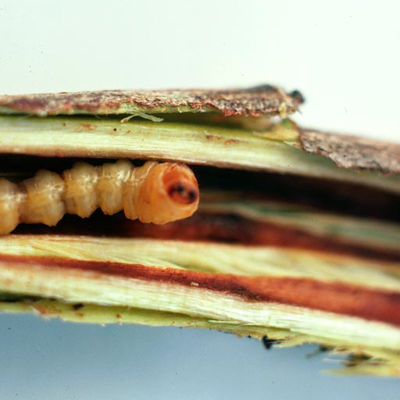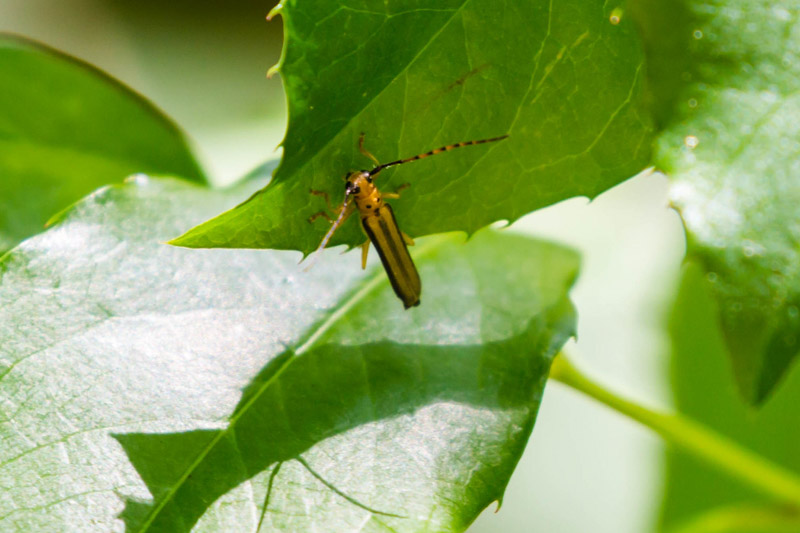The Dogwood Twig Borer primarily targets dogwood trees in Eastern and Central North America.
The Dogwood Twig Borer (Oberea tripunctata) is an insect pest that targets dogwood trees, primarily in Eastern and Central North America. It bores into twigs and branches, causing structural damage and weakening the host plant.
The Dogwood Twig Borer primarily targets various species of dogwood trees (Cornus spp.) as its host plants. However, it is not restricted solely to dogwoods. It has been known to infest other types of trees as well, including:
The distribution of the Dogwood Twig Borer closely aligns with that of the flowering dogwood, predominantly found in eastern and central North America. Its range extends from Maine in the north to Florida in the south and reaches westward to Texas, Kansas, and North Dakota.
 |
 |
The damage caused by Dogwood Twig Borers is primarily seen in the twigs and branches of host plants. The larvae bore into the wood, creating tunnels that weaken the structure and interfere with nutrient and water flow within the plant. This can result in wilting, dieback, and in severe cases, death of branches. These symptoms often appear as drooping leaves or dead tips on the branches.
Detection can be challenging due to the internal nature of the damage. However, several signs can indicate an infestation:
Early detection and management are key to minimizing damage. Regularly inspecting your dogwood trees, especially during the active beetle season, will help you identify an infestation before it becomes severe.

Managing Dogwood Twig Borer infestations requires a combination of cultural, mechanical, and chemical methods for effective prevention and control. Here are some strategies:
By employing a combination of these strategies, you can effectively manage and control Dogwood Twig Borer infestations and protect the health of your dogwood trees. Always consult professionals or local agricultural extensions for specific advice tailored to your region.
Create a membership account to save your garden designs and to view them on any device.
Becoming a contributing member of Gardenia is easy and can be done in just a few minutes. If you provide us with your name, email address and the payment of a modest $25 annual membership fee, you will become a full member, enabling you to design and save up to 25 of your garden design ideas.
Join now and start creating your dream garden!
Create a membership account to save your garden designs and to view them on any device.
Becoming a contributing member of Gardenia is easy and can be done in just a few minutes. If you provide us with your name, email address and the payment of a modest $25 annual membership fee, you will become a full member, enabling you to design and save up to 25 of your garden design ideas.
Join now and start creating your dream garden!